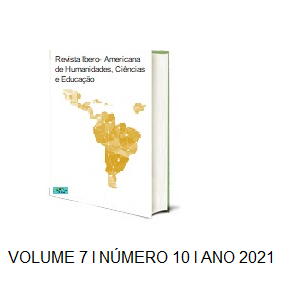BENEFÍCIOS DA FISIOTERAPIA AQUÁTICA EM IDOSOS COM OSTEOARTROSE DE JOELHO
DOI:
https://doi.org/10.51891/rease.v7i10.2612Keywords:
Osteoarthrosis. Hydrotherapy. Physiotherapy.Abstract
Osteoarthrosis is a chronic-degenerative rheumatic pathology in which cellular stress occurs and, consequently, the degradation of the extracellular matrix. Aquatic physiotherapy is a physiotherapeutic resource that has been widely used in the recovery of patients with diseases such as osteoarthrosis, as it has a great advantage due to the physical properties and physiological effects of water, it helps to reduce weight bearing in joints, muscles and bones, progressing in the muscle strengthening of patients, in addition to facilitating movement and increasing emotional encouragement for the return of activities on the ground. The aim of this study is to demonstrate the benefits of aquatic physical therapy in elderly people with knee osteoarthritis, as symptom relief, contributing to better functionality and quality of life. This is a literature review where the articles were accessed through databases published between 2011 and 2021. It was possible to conclude through this study that aquatic physical therapy is an important resource in the rehabilitation of patients with osteoarthritis, bringing relief from pain, increasing the functional capacity of affected joints, return of independence in daily activities, and a better quality of life.
Downloads
Downloads
Published
How to Cite
Issue
Section
Categories
License
Atribuição CC BY

